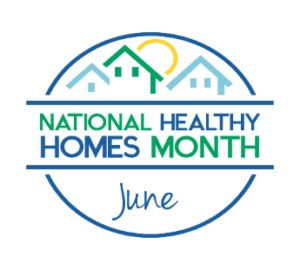
WASHINGTON – Approximately one-third of adults age 65 years or older fall in their home, resulting in injury, long-term disability and premature institutionalization. By 2020, the Centers for Disease Control and Prevention estimates the cost related to these kinds of injuries to be nearly $60 billion a year. In an effort to reduce and prevent falls and their associated costs, the U.S. Department of Housing and Urban Development (HUD) today released a wide-ranging report recommending a more holistic approach to seniors aging-in-place and their health needs.
Released during National Healthy Homes Month, HUD’s report, Overcoming Obstacles to Policies for Preventing Falls by the Elderly, recommends government and philanthropic organizations work together at every level to integrate fall prevention strategies and support efforts to aging-in-place, senior safety at home, and continuous care models.
“Active programs that coordinate senior care and implement fall prevention strategies can benefit seniors enormously,” said Jon L. Gant, Director of the Office of Lead Hazard Control and Healthy Homes. “This report helps policy makers and program managers to identify the causes of problems they may encounter, as well as the resources and methods they can use to overcome them.” Additionally, HUD’s report contains a toolkit highlighting numerous funding sources and the rationale for outreach to non-traditional partners to improve delivery of services and care to seniors. The toolkit covers four key areas:
- Why senior falls prevention and coordinated care is an important issue for the nation and what some communities are doing to meet the needs of seniors;
- What partners and stakeholders should be engaged, what each can offer to this effort, and why a holistic approach may provide the best potential;
- What financial resources, from all levels of government to health insurers and philanthropies, may be available to help create and sustain effective policies and programs; and
- How to sustain policies and programs over the long-term.
Developed by HUD’s Office of Lead Hazard Control and Healthy Homes (OLHCHH) and Healthy Housing Solutions, this report is based on an extensive review from literature and feedback from a distinguished expert panel actively engaged in and familiar with senior falls prevention programs and strategies to overcome obstacles to implementation.
“Most people want to stay in our homes and communities as we age,” said Noreen Beatley of Healthy Housing Solutions, the report’s author. “Strong fall prevention programs help achieve that goal while lowering healthcare costs and helping improving seniors’ quality of life.”
To learn more about reducing senior falls and injury prevention, check out HUD’s App, “Healthy Homes Basics” and visit the website: www.hud.gov/healthyhomes.